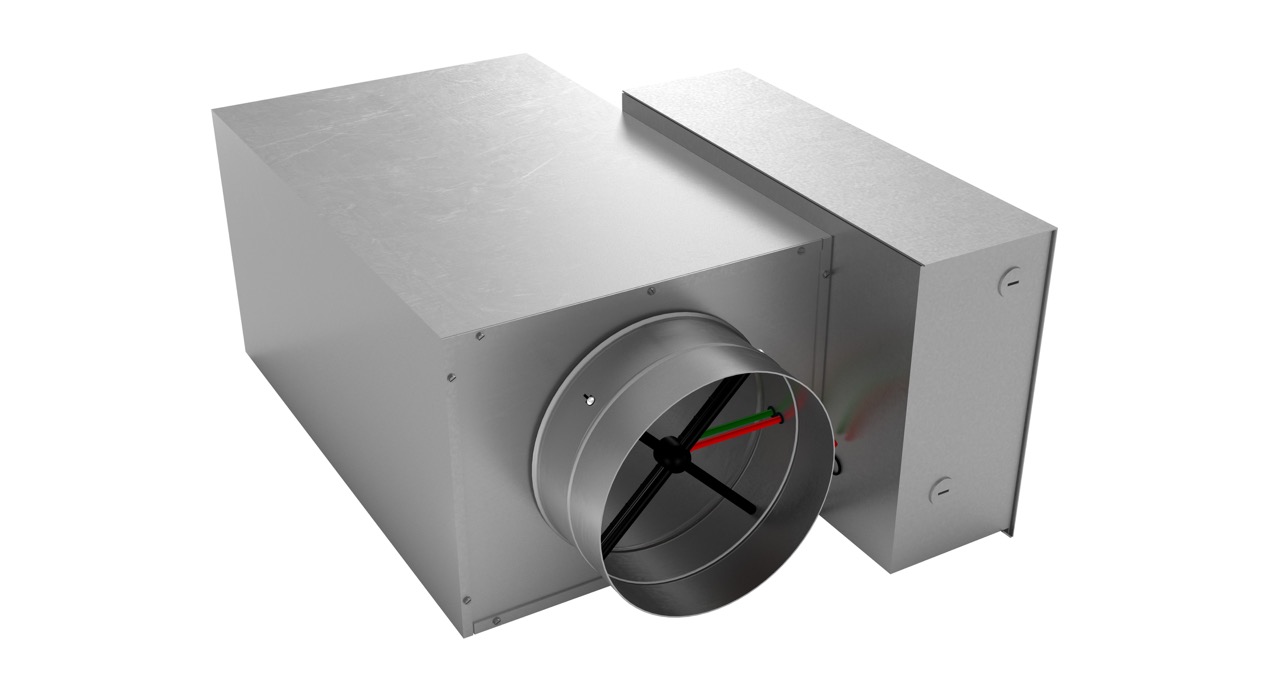

Articles
What Are VAV In HVAC
Modified: January 23, 2024
Learn all about Variable Air Volume (VAV) systems in HVAC with our informative articles. Discover how they work and their benefits in controlling airflow and energy efficiency.
(Many of the links in this article redirect to a specific reviewed product. Your purchase of these products through affiliate links helps to generate commission for Storables.com, at no extra cost. Learn more)
Introduction
In the world of HVAC (Heating, Ventilation, and Air Conditioning) systems, there are numerous technologies and approaches aimed at achieving optimal comfort and energy efficiency. One such technology is Variable Air Volume (VAV) systems. These systems have gained popularity in commercial buildings, allowing for better control over airflow and temperature regulation.
So, what exactly are VAV systems? In simple terms, VAV systems are a type of HVAC system that adjusts and regulates the volume of air being supplied to different zones or rooms in a building. Unlike traditional constant air volume (CAV) systems, which supply a fixed volume of air throughout the building, VAV systems can vary the airflow based on the specific needs of each zone or room.
The ability to vary the airflow in a VAV system provides several benefits, including improved comfort, energy efficiency, and cost savings. By understanding how VAV systems work and their key components, building owners and HVAC professionals can make informed decisions regarding their installation, retrofitting, and control.
In this article, we will explore the world of VAV systems in detail, including their working principles, advantages, disadvantages, types, components, installation, monitoring, and energy efficiency considerations. By the end, you will have a comprehensive understanding of VAV systems and their importance in the realm of HVAC technology.
Key Takeaways:
- VAV systems revolutionize HVAC by offering precise airflow control, energy efficiency, and improved comfort. Understanding their working principles and components is crucial for informed decision-making in building climate control.
- Energy efficiency considerations, such as zoning, optimal setpoints, and VSDs, play a vital role in maximizing the performance of VAV systems. Implementing these measures leads to reduced energy consumption and lower operating costs.
Read more: What Is A HVAC Sequencer
Definition of VAV
Variable Air Volume (VAV) is a type of HVAC system that adjusts the volume of air being supplied to different areas or zones within a building. The main characteristic of a VAV system is its ability to vary the airflow based on the specific requirements of each zone, providing precise control over temperature and ventilation.
In a VAV system, the airflow is modulated by a device called a VAV box. This box contains a damper that can be adjusted to regulate the amount of air entering the zone. As the damper opens or closes, it affects the volume of air being supplied, allowing for dynamic control and temperature moderation.
Unlike constant air volume (CAV) systems, which supply a fixed volume of air regardless of the zone’s needs, VAV systems are designed to adapt to changing conditions. This adaptability allows for improved energy efficiency and occupant comfort since each zone can have unique temperature requirements based on factors such as occupancy, sunlight exposure, and heat generation.
VAV systems work in conjunction with HVAC equipment such as air handling units (AHUs) and cooling coils. The AHU is responsible for supplying conditioned air to the VAV boxes, while the cooling coils help to control the temperature of the air. By modulating the airflow in response to zone demands, VAV systems optimize energy usage and ensure that each area receives the appropriate amount of conditioned air.
Overall, VAV systems offer a flexible and precise approach to HVAC control, allowing for customizable conditions in different zones of a building. Whether it’s a large office space, a conference room, or a retail store, VAV systems can provide the necessary adjustments to maintain comfort and energy efficiency.
How VAV Works
The functioning of Variable Air Volume (VAV) systems can be broken down into several key steps. Understanding these steps is crucial to comprehend how VAV systems work and how they contribute to efficient and comfortable indoor environments.
1. Supply Air Distribution: The VAV system begins with an air handling unit (AHU) that conditions the air by cooling or heating it, removing impurities, and adjusting humidity levels. The conditioned air is then distributed through a network of ducts that supply the air to various zones or rooms within the building.
2. VAV Boxes: In each zone, a VAV box is installed, typically in the ceiling or walls. The VAV box contains a damper that regulates the volume of air entering the zone. It works in conjunction with a thermostat to measure the temperature and send signals to the damper to open or close accordingly.
3. Zone Control: As the thermostat detects deviations from the desired temperature, it sends signals to the VAV box damper, instructing it to adjust the airflow. If the zone requires more cooling or heating, the damper opens wider, allowing more conditioned air to enter. Conversely, if the temperature is satisfactory, the damper partially closes, reducing the airflow.
4. Return Air: Alongside the supply air distribution, VAV systems also incorporate a return air system. This system collects the air from each zone and returns it to the AHU. The return air is mixed with fresh outside air, filtered, and conditioned as necessary to maintain overall air quality and thermal comfort.
5. Control System: The VAV system is controlled by a central control system that monitors and adjusts the operation of the AHU, VAV boxes, dampers, and thermostats. This control system ensures that each zone receives the appropriate volume of airflow and maintains the desired temperature setpoints.
6. Energy Conservation: VAV systems are designed with energy conservation in mind. By supplying only the necessary amount of conditioned air to each zone, the system reduces energy consumption while still maintaining comfort levels. Additionally, VAV systems can be integrated with other energy-saving measures, such as occupancy sensors and daylight harvesting, to further optimize energy efficiency.
By dynamically adjusting airflow to individual zones based on their specific temperature requirements, VAV systems provide precise control over comfort levels while minimizing energy usage. This adaptability and energy efficiency make VAV systems a reliable choice for applications ranging from office buildings to hospitals and educational institutions.
Advantages of VAV in HVAC
Variable Air Volume (VAV) systems offer several advantages that make them a popular choice in HVAC applications. These advantages contribute to improved comfort, energy efficiency, and cost savings. Let’s explore some of the key benefits of using VAV systems:
- Zone Control: One of the primary advantages of VAV systems is the ability to provide individual zone control. Each zone has its own VAV box, allowing for customized temperature settings based on occupant preferences and specific zone requirements. This level of control ensures that each area is comfortable, regardless of variations in occupancy or solar heat gain.
- Energy Efficiency: VAV systems are highly energy-efficient compared to constant air volume (CAV) systems. By adjusting the airflow to match the demands of each zone, VAV systems eliminate the wasteful overcooling or overheating that can occur in CAV systems. This results in lower energy consumption and reduced utility costs.
- Zonal Temperature Control: With VAV systems, it is possible to maintain different temperature setpoints for each zone. This is particularly beneficial in buildings with varying thermal requirements, such as offices with different occupancy levels or areas with distinct heating or cooling needs. Zonal temperature control ensures optimal comfort levels throughout the building.
- Improved Indoor Air Quality (IAQ): VAV systems contribute to better indoor air quality by effectively removing pollutants, controlling humidity levels, and ensuring proper ventilation. The controlled airflow in VAV systems helps to distribute fresh air evenly while minimizing the risk of stale or stagnant air in the occupied zones.
- Noise Reduction: By adjusting the airflow, VAV systems can reduce overall noise levels, making them ideal for noise-sensitive environments such as classrooms, healthcare facilities, or conference rooms. The ability to modulate the airflow allows for quieter operation and enhanced occupant comfort.
- Flexibility and Scalability: VAV systems provide flexibility in terms of their design and installation. They can easily accommodate changes in building layouts, room purposes, or occupancy needs. Additionally, VAV systems can be expanded or retrofitted to accommodate building expansions or modifications, making them scalable solutions for future growth.
These advantages highlight why VAV systems are a preferred choice in commercial buildings and other spaces where comfort, energy efficiency, and control are critical factors. By optimizing airflow, temperature control, and energy consumption, VAV systems offer a reliable and effective solution for HVAC needs.
Disadvantages of VAV in HVAC
While Variable Air Volume (VAV) systems offer numerous advantages, they also have some drawbacks that need to be considered. Awareness of these disadvantages will help make informed decisions when it comes to implementing VAV systems in HVAC applications. Let’s explore some of the potential drawbacks of using VAV systems:
- Initial Cost: VAV systems can be initially more expensive to install compared to constant air volume (CAV) systems. The additional equipment, such as VAV boxes and control systems, can increase the upfront costs of the system. However, it’s important to consider the long-term energy savings and improved comfort that VAV systems provide.
- Complexity: VAV systems can be more complex than simple CAV systems due to the additional components and controls required. This complexity may require a higher level of expertise during installation, maintenance, and troubleshooting. It is important to ensure that the HVAC technicians handling the system are adequately trained and experienced in working with VAV systems.
- Noise Generated: While VAV systems can provide noise reduction benefits, they can also generate some noise. The modulation and adjustment of dampers and fans within the VAV system may produce audible sounds, which might be a concern in noise-sensitive areas or spaces that require absolute silence.
- Increased Maintenance Requirements: VAV systems typically have more components and controls, which can increase the maintenance requirements compared to CAV systems. Regular inspections and maintenance checks of the VAV boxes, dampers, sensors, and control systems are necessary to ensure their proper functioning and efficient operation.
- Potential Pressure Imbalance: In larger buildings with multiple zones, VAV systems have the potential for pressure imbalances. The variability of airflow within the system can cause pressure differentials between zones, resulting in unwanted air movement and discomfort for occupants. Proper design and balancing of the system can mitigate this issue.
- Control System Complexity: The control systems utilized in VAV systems can be complex, requiring advanced programming and configuration. Hiring professionals with expertise in VAV system controls is essential to ensure accurate and efficient system operation. Additionally, any changes or modifications to the control system may require specialized knowledge to avoid disruptions or system malfunctions.
Despite these disadvantages, it is important to note that many of them can be addressable with proper design, installation, and maintenance practices. The benefits of improved comfort, energy efficiency, and control often outweigh the drawbacks associated with VAV systems. It is crucial to evaluate the specific needs of the building and consult with HVAC professionals to determine whether a VAV system is the right choice for the application.
Read more: What Is A HVAC Company
Types of VAV Systems
Variable Air Volume (VAV) systems come in different variations, each offering unique features and advantages. The choice of the VAV system type depends on the specific requirements of the building and the desired level of control. Here are some common types of VAV systems:
- Single Duct VAV System: This is the most basic and widely used type of VAV system. In a single duct VAV system, a single duct carries both supply and return air. Each zone has a VAV box that controls the airflow and temperature within the zone. The system modulates the damper based on the demand of each zone, providing individualized temperature control.
- Dual Duct VAV System: In a dual duct VAV system, two separate ducts supply air to each zone – one for cooling and the other for heating. The system then uses a mixing box to combine the heated and cooled air in varying proportions to achieve the desired temperature. Dual duct VAV systems are known for their precise temperature control but can be more complex and require additional space for the separate ducts.
- Series Fan Powered VAV System: This type of VAV system utilizes a series fan powered box in each zone. The fan in the box helps to deliver conditioned air to the zone, while the primary air is supplied through a central air handling unit. Series fan powered VAV systems ensure high airflow and constant circulation, making them ideal for areas with high heat loads or varying occupancy levels.
- Parallel Fan Powered VAV System: Similar to the series fan powered VAV system, parallel fan powered VAV systems also use fan-powered boxes. However, the primary air and fan-powered air are delivered in parallel, allowing for independent operation of each airflow stream. This type of system is ideal for zones with varying heating and cooling requirements, as it provides precise control over the primary and fan-powered airflow ratios.
- Induction VAV System: Induction VAV systems utilize a primary air stream and a secondary air stream. The primary air is supplied at a constant volume, while the secondary air is induced by pressure differences and flows through the induction devices in each zone. This type of system allows for energy savings and precise temperature control in large open areas, such as atriums or lobbies.
Each type of VAV system has its advantages and is suitable for different applications. It is essential to assess the specific requirements of the building and consult with HVAC professionals to determine the most appropriate type of VAV system for optimal comfort, energy efficiency, and control.
When designing a Variable Air Volume (VAV) system for HVAC, consider the diversity of the spaces being served to optimize energy efficiency and occupant comfort. Properly sizing and zoning the VAV boxes can help achieve this.
Components of VAV System
A Variable Air Volume (VAV) system consists of several key components that work together to provide efficient and precise control over airflow and temperature within a building. Understanding these components is essential for the proper design, installation, and maintenance of a VAV system. Here are the main components of a VAV system:
- Air Handling Unit (AHU): The AHU is a vital component of the VAV system that conditions the air by cooling, heating, humidifying, or dehumidifying it. It includes a fan, filters, coils, and dampers to control airflow and temperature. The AHU is responsible for supplying conditioned air to the VAV system.
- Ductwork: Ductwork consists of a network of air distribution channels that carry the conditioned air from the AHU to the various VAV boxes or zones within the building. The ductwork is designed to ensure proper airflow and distribution.
- VAV Boxes: VAV boxes, also known as terminal units, are installed in each zone or area of the building. These boxes control the volume of airflow entering the zone based on the specific temperature requirements. They typically consist of a damper, which modulates the airflow, and a thermostat, which senses the zone temperature and sends signals to the damper for adjustment.
- Thermostats: Thermostats play a crucial role in a VAV system as they measure the temperature in each zone and communicate with the VAV box to adjust the airflow. They ensure that the temperature setpoints are met and maintained within each zone.
- Control System: The control system is the brain of the VAV system, overseeing the operation and coordination of various components. It includes programmable logic controllers (PLCs), sensors, actuators, and a central controller. The control system monitors temperature, pressure, occupancy, and other variables to optimize the performance of the VAV system.
- Variable Speed Drives (VSDs): VSDs control the speed of the AHU fan, allowing for precise adjustment of airflow volume. By varying the fan speed, VSDs help optimize energy usage and maintain a consistent airflow in the VAV system.
- Dampers and Actuators: Dampers are used in the VAV system to regulate airflow. They are installed in the AHU, ductwork, and VAV boxes. Actuators, typically motor-driven, open or close the dampers based on signals from the control system to adjust the airflow rates.
- Filters: Filters are essential components of the VAV system that remove dust, particles, and other contaminants from the supply air. They help maintain good indoor air quality and prevent the buildup of dirt and debris in the HVAC system components.
- Sensors: Various sensors, such as temperature sensors, occupancy sensors, and pressure sensors, are utilized in a VAV system to gather data about the environment and provide feedback to the control system. This data helps optimize the performance, energy efficiency, and comfort of the VAV system.
Each component of a VAV system plays a crucial role in creating a well-balanced and efficient HVAC system. Proper design, installation, and regular maintenance of these components are key to ensuring the optimal performance and longevity of the VAV system.
Installation and Retrofitting of VAV Systems
When it comes to installing or retrofitting a Variable Air Volume (VAV) system, careful planning and execution are crucial to ensure optimal performance and efficiency. This process involves several key considerations and steps. Let’s explore the installation and retrofitting process for VAV systems:
- Assessment and Design: Before installation or retrofitting, a thorough assessment of the building’s HVAC needs is essential. This includes evaluating the existing system, assessing load calculations, and understanding the specific requirements of each zone. Based on this assessment, a comprehensive design plan can be developed.
- Ductwork and Air Distribution: The design should include the sizing and layout of the ductwork, taking into account the required airflow rates for each VAV box and zone. The ductwork should be properly sealed and insulated to prevent air leakage and ensure efficient airflow distribution.
- VAV Box Installation: VAV boxes should be installed strategically in each zone or area of the building. The installation should consider factors such as accessibility, zoning requirements, and architectural considerations. Proper sealing and insulation around the VAV boxes are crucial to prevent air leakage and maintain efficiency.
- Control System Integration: The installation or retrofitting process includes integrating the control system with the VAV system components, such as dampers, thermostats, sensors, and actuators. This integration ensures proper communication and coordination between the components and allows for precise control and monitoring of the VAV system.
- Commissioning and Testing: After installation, commissioning and testing are critical to verify the proper functioning of the VAV system. This involves testing the airflow rates, temperature control, pressure differentials, and zone operation. Any calibration or adjustments needed can be made during this stage to optimize system performance.
- Retrofitting Considerations: Retrofitting a VAV system into an existing HVAC system requires careful evaluation of the building’s infrastructure. This includes assessing the ductwork, ventilation systems, and available space. Retrofitting may involve modifications to the existing system, such as adding VAV boxes, upgrading control systems, or installing variable speed drives (VSDs) to optimize energy usage.
- Maintenance and Monitoring: Once the VAV system is installed or retrofitted, ongoing maintenance and monitoring are essential for its continued performance. This includes regular inspections, filter replacements, damper and actuator lubrication, and sensor calibration. The control system should be monitored to ensure proper operation and efficiency.
It is advisable to work with experienced HVAC professionals who specialize in VAV systems to ensure a smooth and successful installation or retrofitting process. Their expertise and knowledge will help navigate any challenges and ensure that the VAV system is optimized for energy efficiency, comfort, and long-term performance.
Monitoring and Control of VAV Systems
Monitoring and control are crucial aspects of managing a Variable Air Volume (VAV) system to ensure optimal performance, energy efficiency, and comfort. By actively monitoring and controlling the system, building owners and HVAC professionals can identify and address any issues promptly. Here is a breakdown of the key considerations for monitoring and controlling VAV systems:
- Control System: The control system serves as the central hub for monitoring and controlling the VAV system. It includes programmable logic controllers (PLCs), software, and user interfaces that allow for remote monitoring and adjustment of the system parameters, such as temperature setpoints and airflow rates.
- Sensors and Actuators: Sensors play a crucial role in monitoring the environmental parameters within each zone. Temperature sensors, humidity sensors, pressure sensors, and occupancy sensors provide real-time data that informs the control system about the conditions in each area. Actuators, including damper actuators and VSDs, are responsible for adjusting the airflow rates based on input from sensors and control signals from the system.
- Remote Monitoring: The control system can be integrated with remote monitoring capabilities, allowing building managers or HVAC professionals to access and monitor the VAV system from anywhere. This remote monitoring feature enables real-time alerts, data analysis, and system adjustments, improving efficiency and allowing for quick response to any issues.
- Energy Management: VAV systems often include energy management features that allow for energy optimization. This can include scheduling the system operation based on occupancy patterns, utilizing setback strategies during unoccupied periods, and integrating with other energy-saving measures, such as lighting controls and demand response programs.
- Data Analytics: Advanced control systems can incorporate data analytics tools to analyze and interpret the vast amounts of data collected by the sensors. These tools help identify patterns, detect deviations, and provide insights for further optimization of the VAV system’s performance and energy usage.
- Regular Maintenance: Regular maintenance of the VAV system is vital to ensure its continued performance. This includes cleaning and inspecting the ductwork, replacing air filters, testing and calibrating sensors, checking actuator functionality, and verifying the proper operation of the control system. Ongoing maintenance helps identify any issues early on and ensures the system functions optimally.
Monitoring and controlling a VAV system allows for proactive management, early detection of issues, and continuous optimization. With the ability to monitor and adjust the system parameters remotely, building owners and HVAC professionals can ensure optimal comfort, energy efficiency, and longevity for their VAV systems.
Read more: What Is A HVAC System?
Energy Efficiency Considerations
Energy efficiency is a significant consideration when it comes to Variable Air Volume (VAV) systems. By implementing energy-efficient practices, building owners can reduce energy consumption, lower operating costs, and minimize their environmental impact. Here are some key energy efficiency considerations for VAV systems:
- Zoning and Demand: Proper zoning is a fundamental aspect of energy-efficient VAV systems. By dividing the building into different zones and adjusting the airflow based on demand, energy wastage can be minimized. Zones with lower occupancy or reduced cooling or heating needs can have their airflow reduced, which saves energy by delivering conditioned air only where it is needed.
- Optimal Setpoints: Determining and maintaining optimal temperature setpoints is crucial for energy efficiency. Setting the temperature slightly higher during cooling seasons and slightly lower during heating seasons can significantly reduce energy consumption. The use of setback strategies during unoccupied periods can further optimize energy usage.
- Airflow Optimization: Ensuring proper airflow rates through accurate control of dampers and fans is vital for energy efficiency. Balancing the airflow in the ductwork and optimizing fan speed based on demand can reduce energy consumption. Additionally, regular inspection and cleaning of ducts and filters promote unhindered airflow, preventing energy loss due to restricted ducts or clogged filters.
- Variable Speed Drives (VSDs): VSDs control the speed of fans or pumps in the VAV system, allowing them to operate at optimal speeds based on demand. By adjusting the motor speed, VSDs help reduce energy usage by matching the airflow requirements more precisely, avoiding excessive energy consumption during periods of low demand.
- Occupancy Sensors: Integrating occupancy sensors can enhance energy efficiency. These sensors detect the presence or absence of occupants in a zone and adjust the airflow accordingly. If a zone is unoccupied, the airflow can be reduced or even turned off entirely, saving energy by not conditioning unoccupied areas.
- Daylight Harvesting: Integrating daylight harvesting strategies with VAV systems can further optimize energy usage. Sensors can detect the amount of ambient light in a zone and adjust the lighting levels accordingly. This not only saves energy on lighting but also reduces the cooling load in zones with significant natural light, resulting in overall energy savings.
- Regular Maintenance: Ongoing maintenance is crucial for maintaining energy efficiency in VAV systems. Regularly cleaning and inspecting components, calibrating sensors, and ensuring proper insulation and sealing of ducts prevent energy loss due to leaks or faulty equipment. Additionally, updating the control system software and firmware ensures optimal performance and efficiency.
By considering these energy efficiency measures and implementing best practices, building owners can maximize the energy efficiency of their VAV systems. Energy savings not only contribute to reduced operating costs but also promote sustainable practices and environmental responsibility.
Conclusion
Variable Air Volume (VAV) systems have revolutionized the field of HVAC by providing efficient and precise control over airflow and temperature regulation. With their ability to vary the volume of air supplied to different zones, VAV systems offer numerous benefits, including improved comfort, energy efficiency, and cost savings. By understanding how VAV systems work and their key components, building owners and HVAC professionals can make informed decisions regarding their installation, retrofitting, and maintenance.
Throughout this article, we have explored the definition and working principles of VAV systems. We have discussed the advantages they offer, such as zone control, energy efficiency, zonal temperature control, improved indoor air quality (IAQ), and noise reduction. We have also highlighted the potential disadvantages, including initial cost, complexity, noise generation, increased maintenance requirements, potential pressure imbalances, and control system complexity. Understanding these advantages and disadvantages allows for a comprehensive evaluation of whether a VAV system is the right choice for a specific HVAC application.
Additionally, we have examined different types of VAV systems, such as single duct, dual duct, series fan powered, parallel fan powered, and induction systems. Each type has its unique features and advantages, making them suitable for various building requirements. We have also delved into the components of a VAV system, including the air handling unit (AHU), ductwork, VAV boxes, thermostats, control systems, variable speed drives (VSDs), dampers and actuators, filters, and sensors. Understanding these components is crucial for the proper design, installation, and maintenance of a VAV system.
Furthermore, we have discussed the importance of monitoring and controlling VAV systems. By closely monitoring parameters such as temperature, airflow, and occupancy, building owners and HVAC professionals can identify and address any issues promptly, ensuring optimal performance, comfort, and energy efficiency. We have also emphasized the importance of energy efficiency considerations in VAV systems, including zoning and demand, optimal setpoints, airflow optimization, VSDs, occupancy sensors, daylight harvesting, and regular maintenance.
In conclusion, Variable Air Volume (VAV) systems are a highly effective solution for achieving precise temperature control, energy efficiency, and comfort in HVAC applications. By understanding the principles, advantages, disadvantages, types, components, and energy efficiency measures of VAV systems, stakeholders can make informed decisions that result in optimized HVAC systems for their buildings. With the benefits of improved comfort, energy savings, and reduced environmental impact, VAV systems continue to be a preferred choice for commercial buildings and other spaces that prioritize efficient and responsive climate control.
Frequently Asked Questions about What Are VAV In HVAC
Was this page helpful?
At Storables.com, we guarantee accurate and reliable information. Our content, validated by Expert Board Contributors, is crafted following stringent Editorial Policies. We're committed to providing you with well-researched, expert-backed insights for all your informational needs.
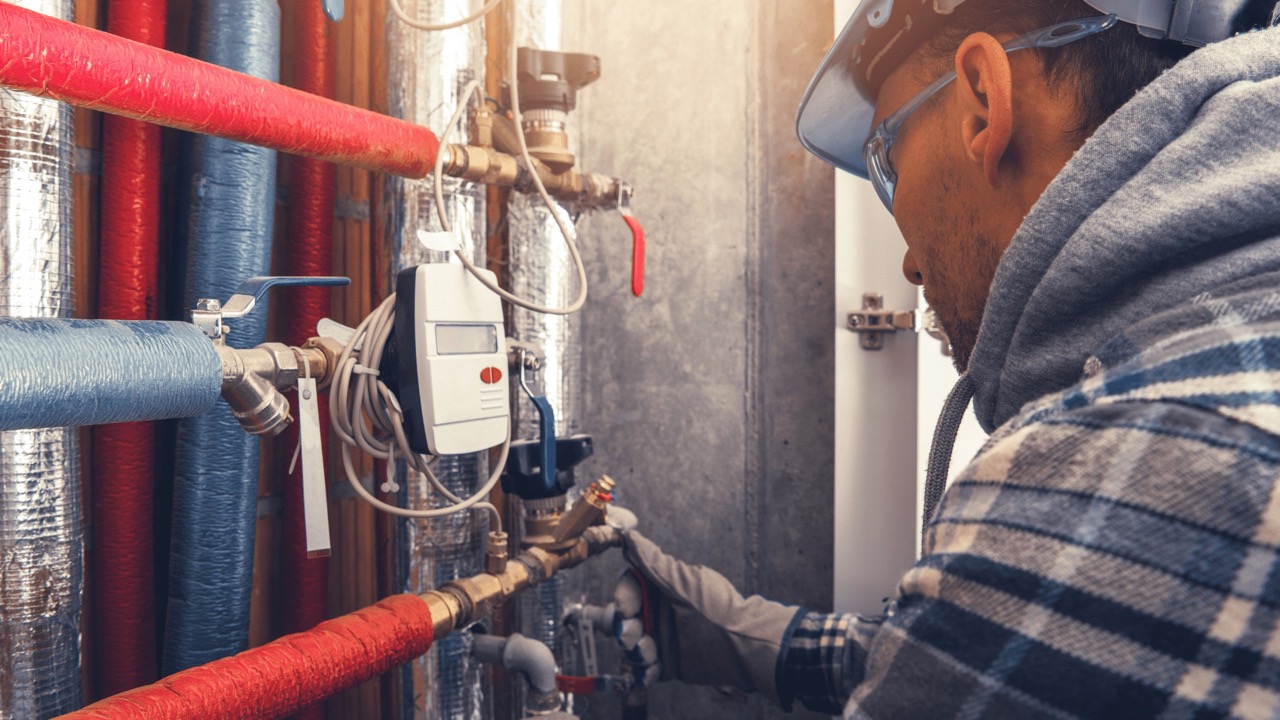
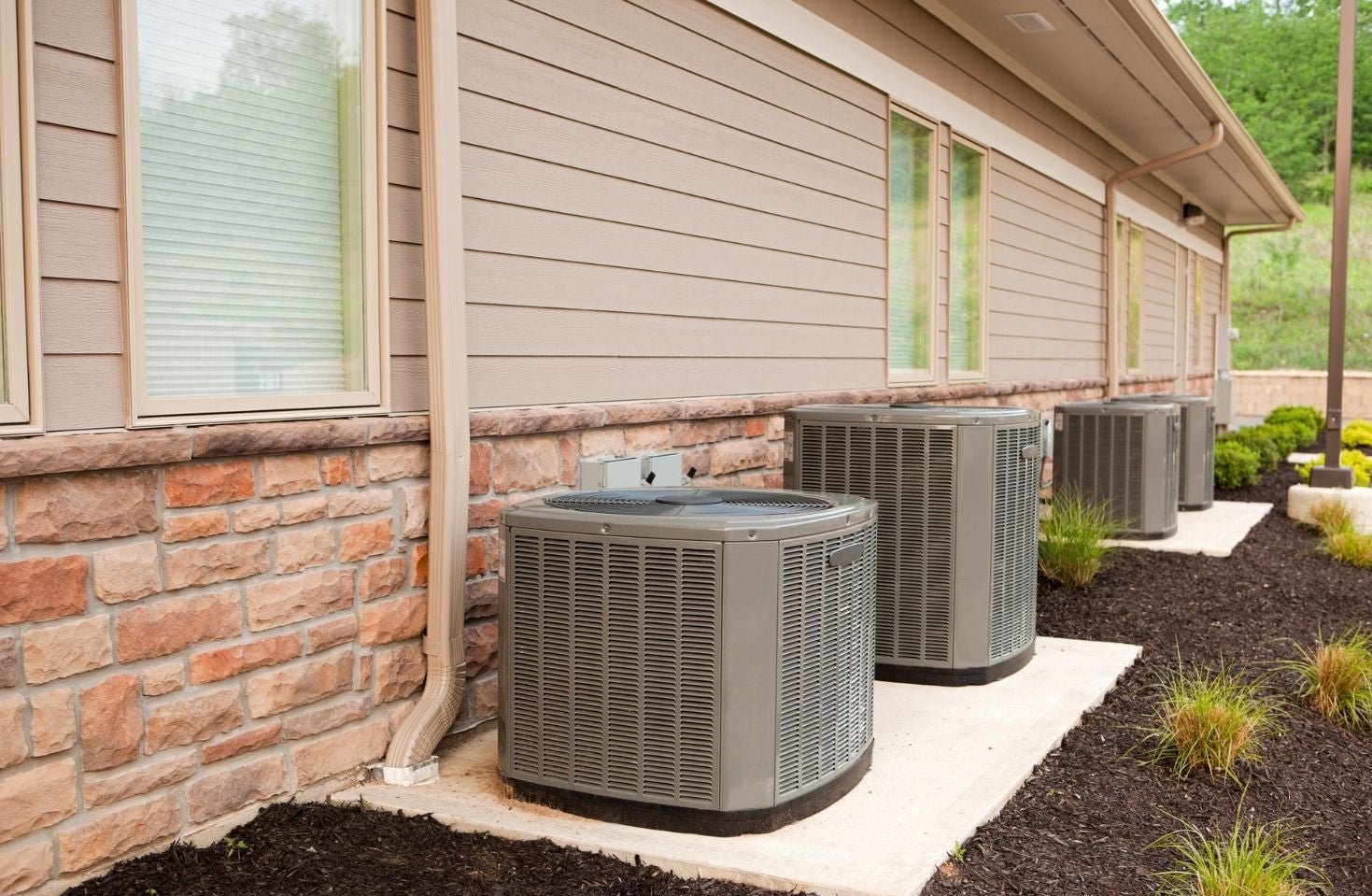
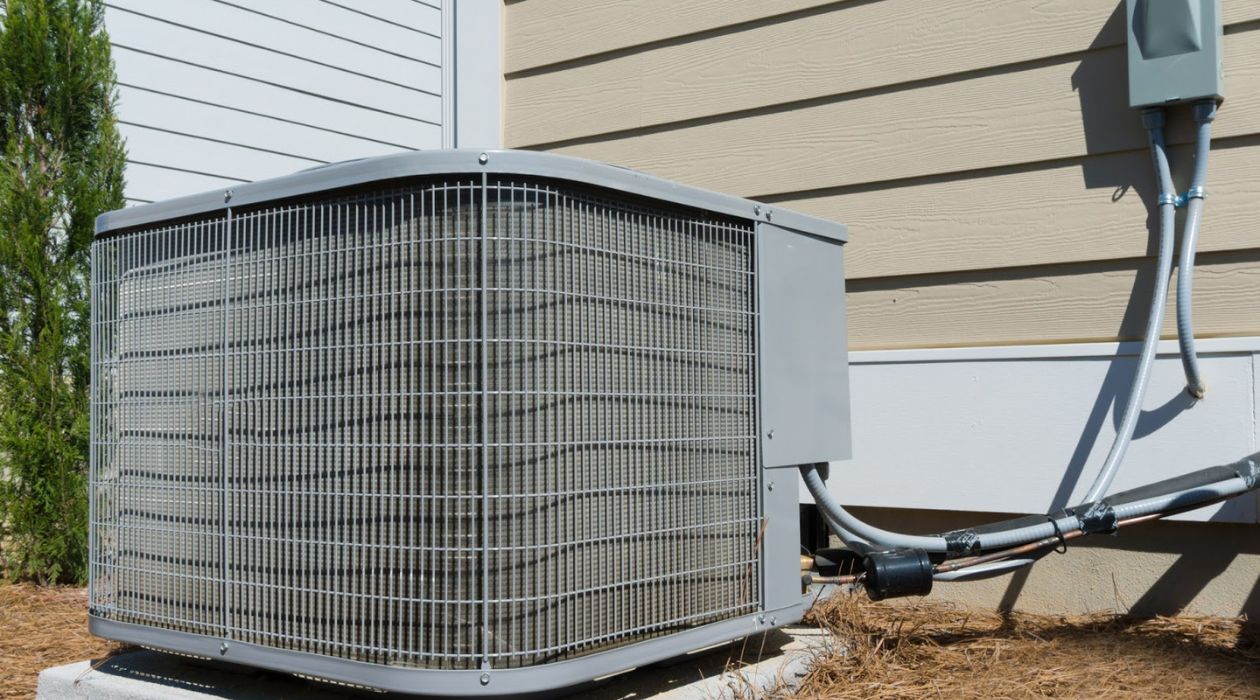
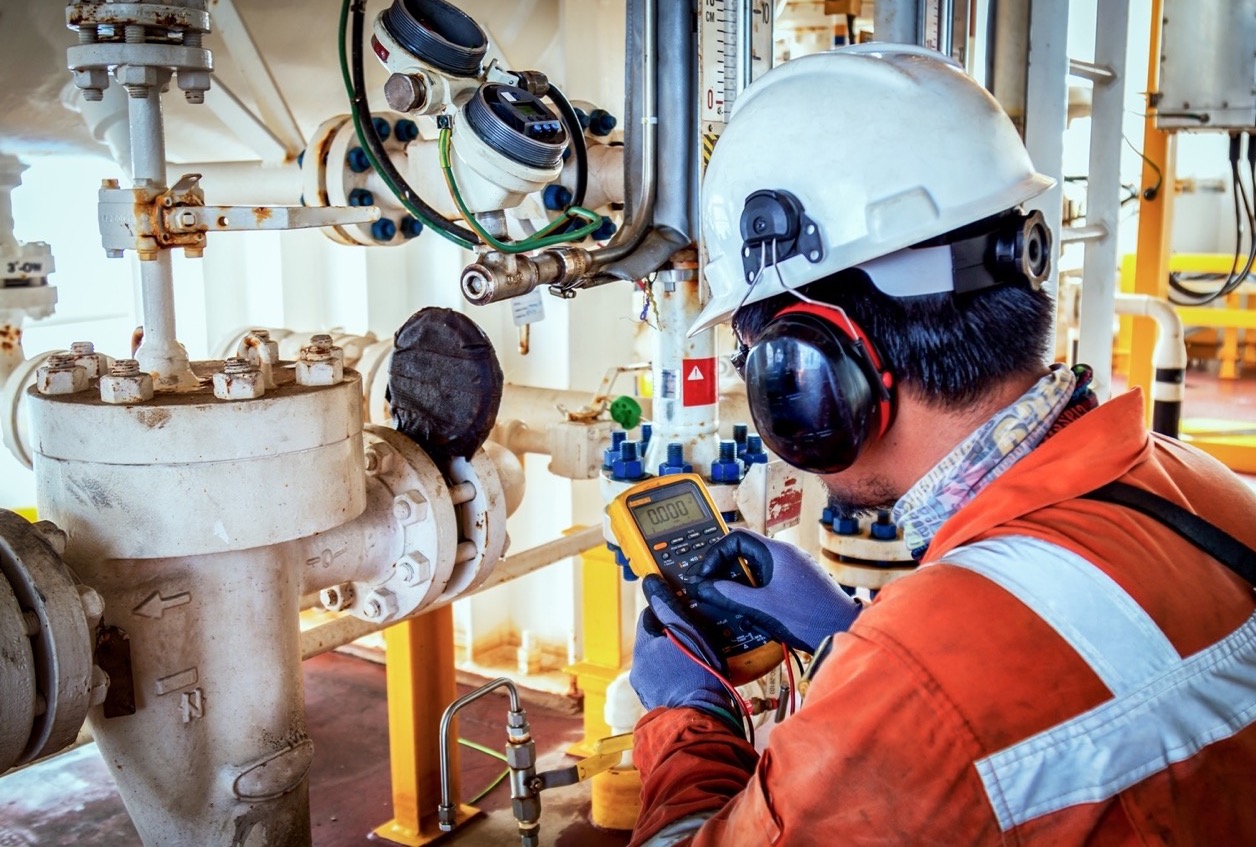
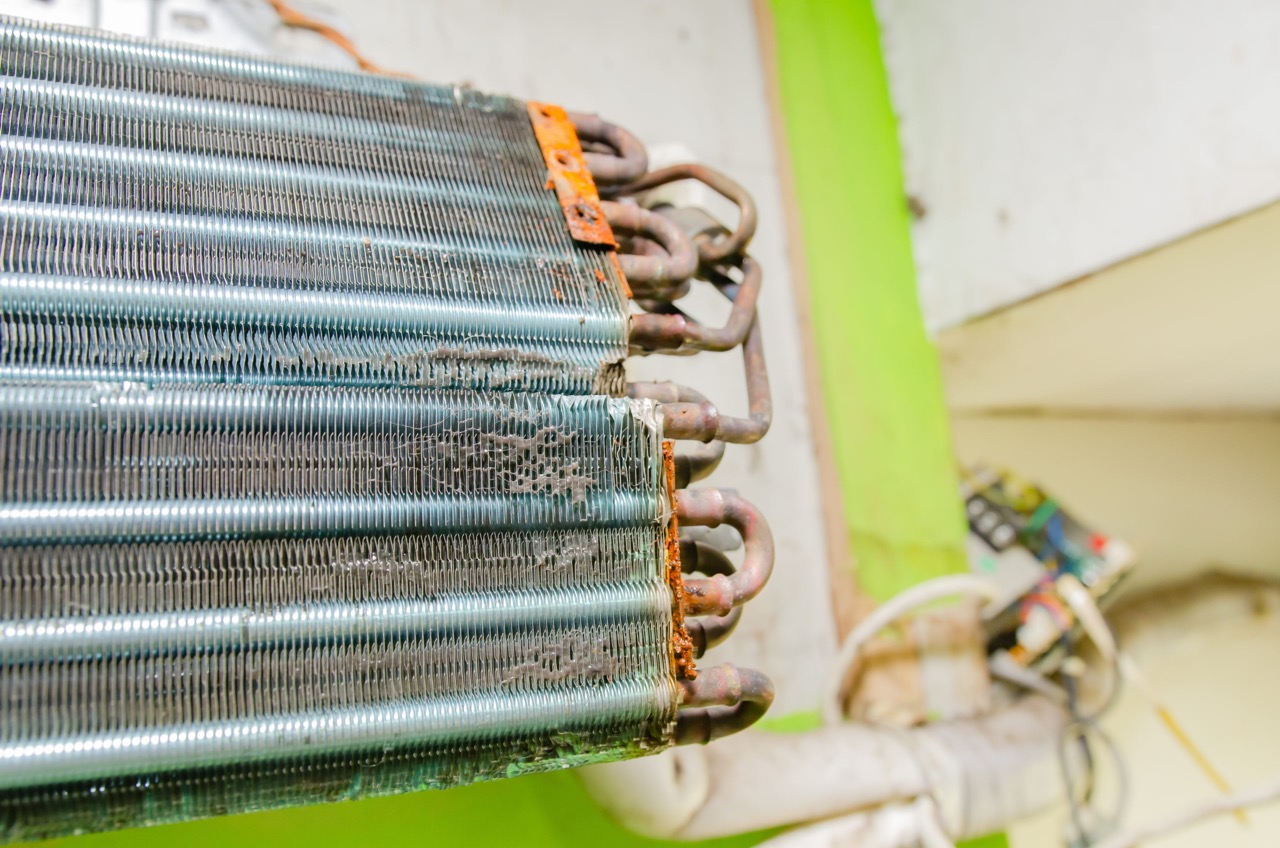
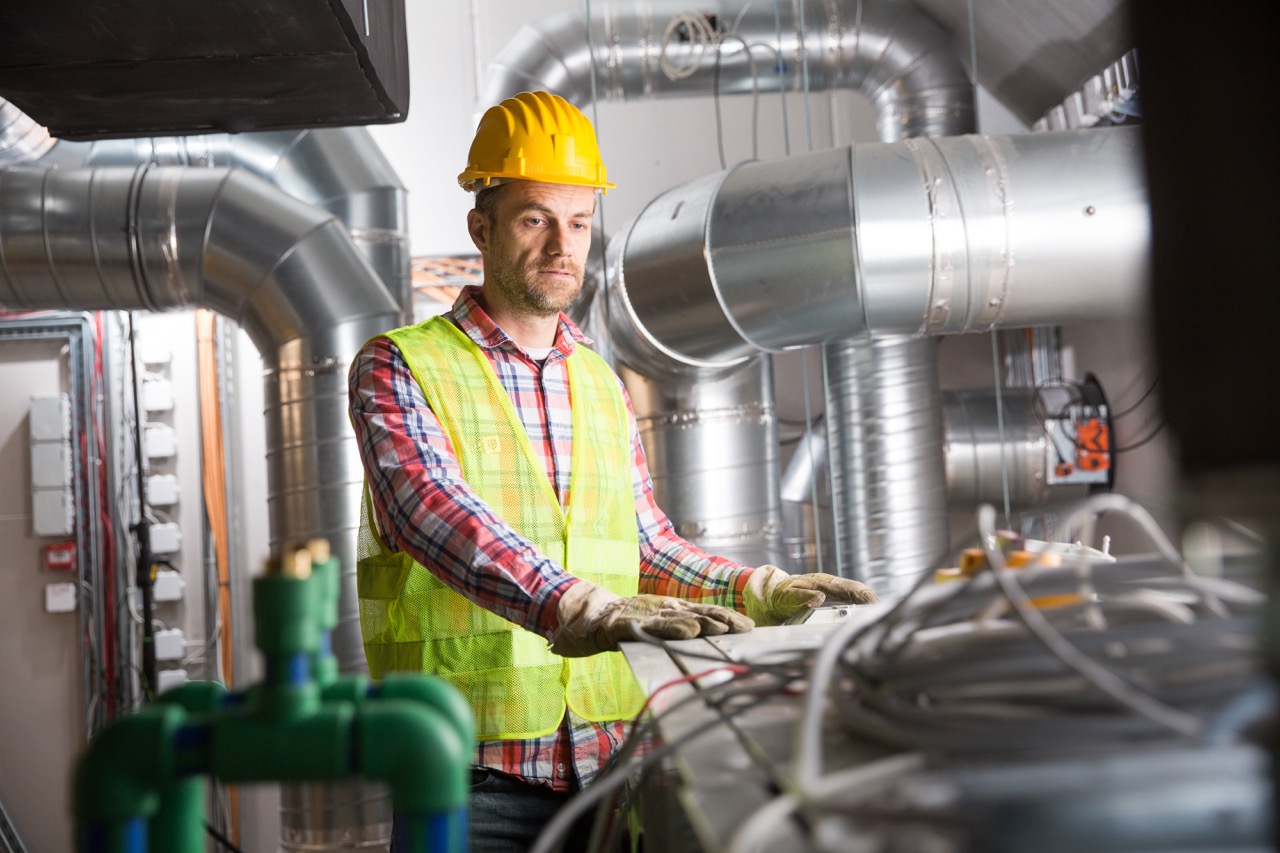
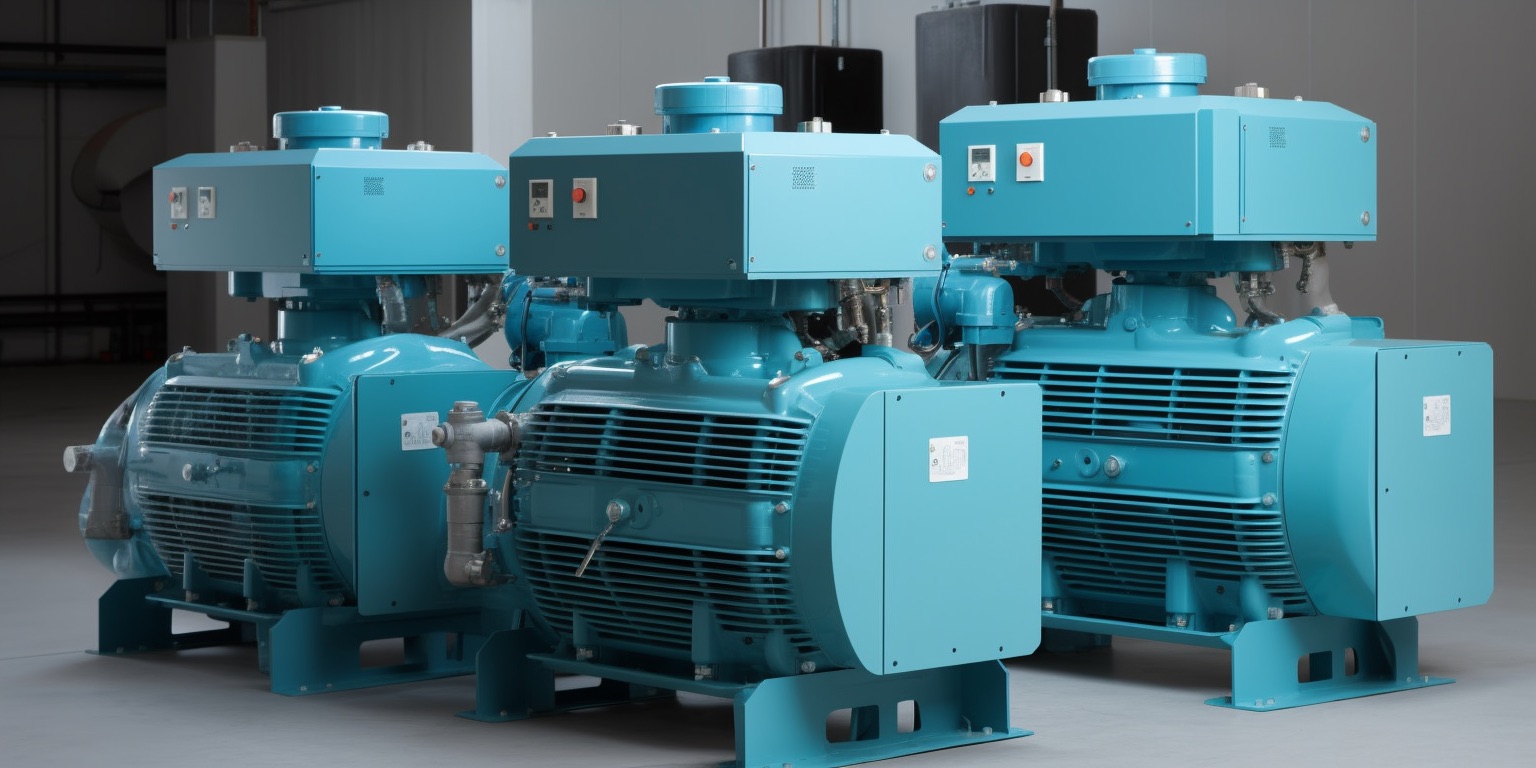
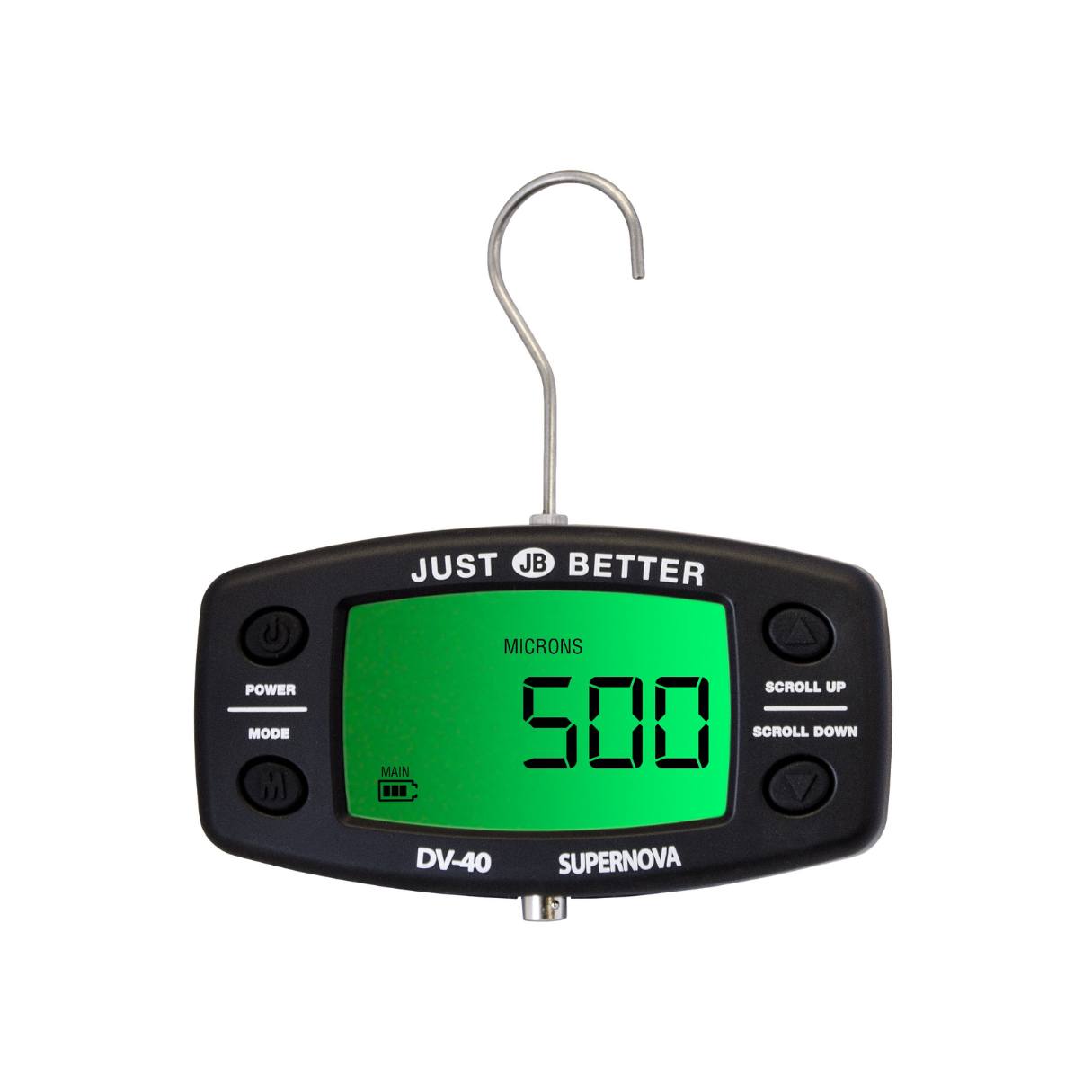
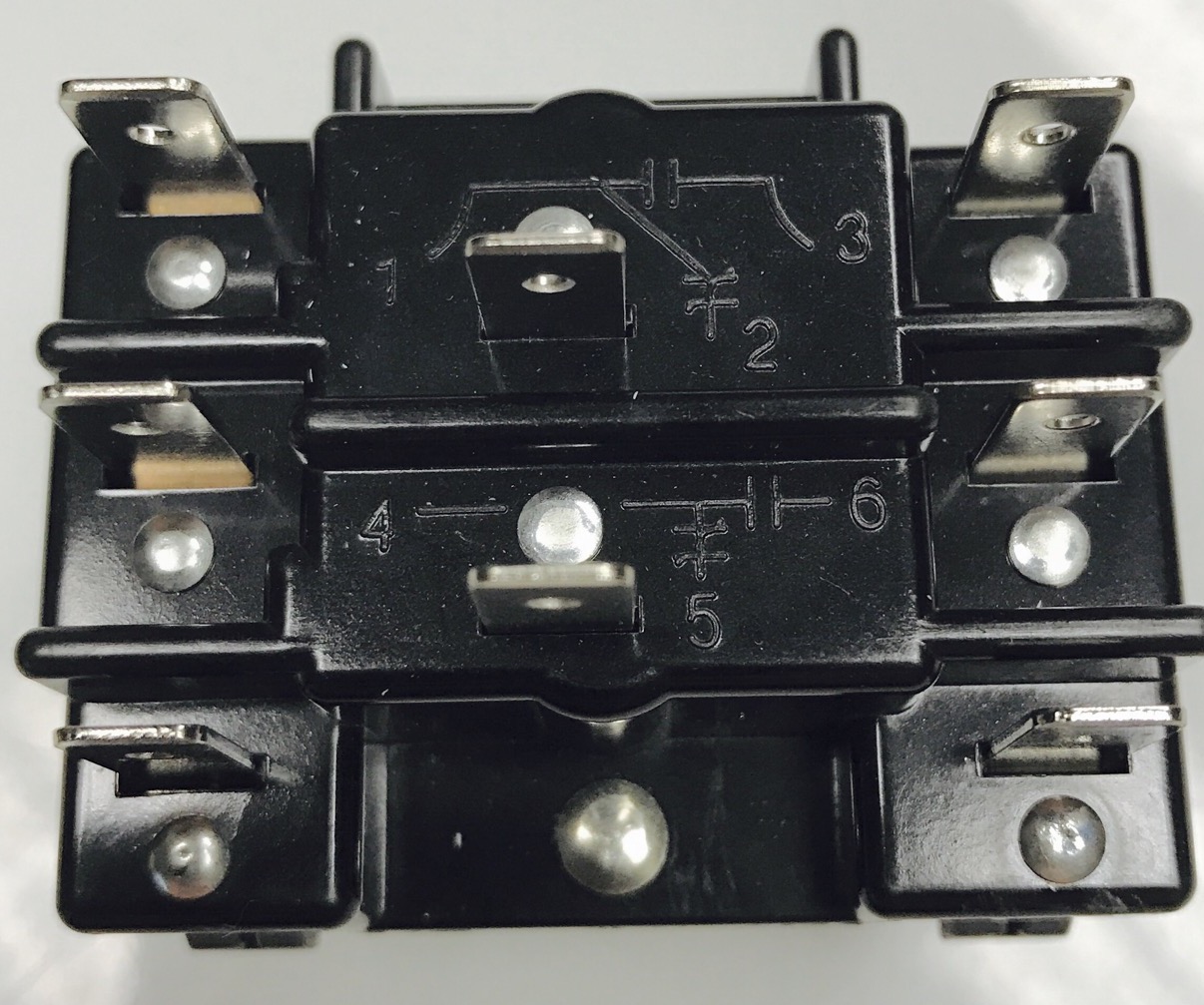
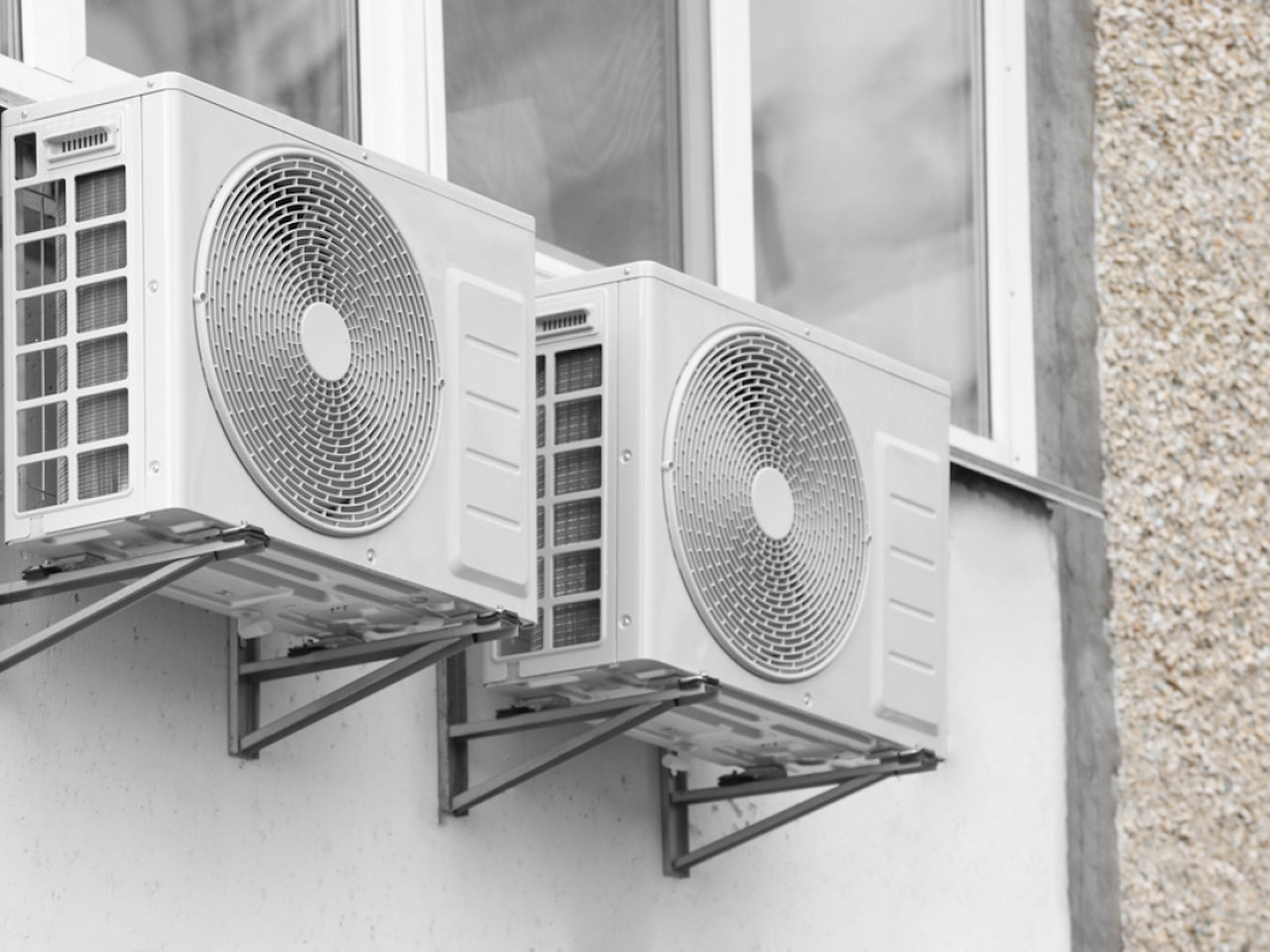
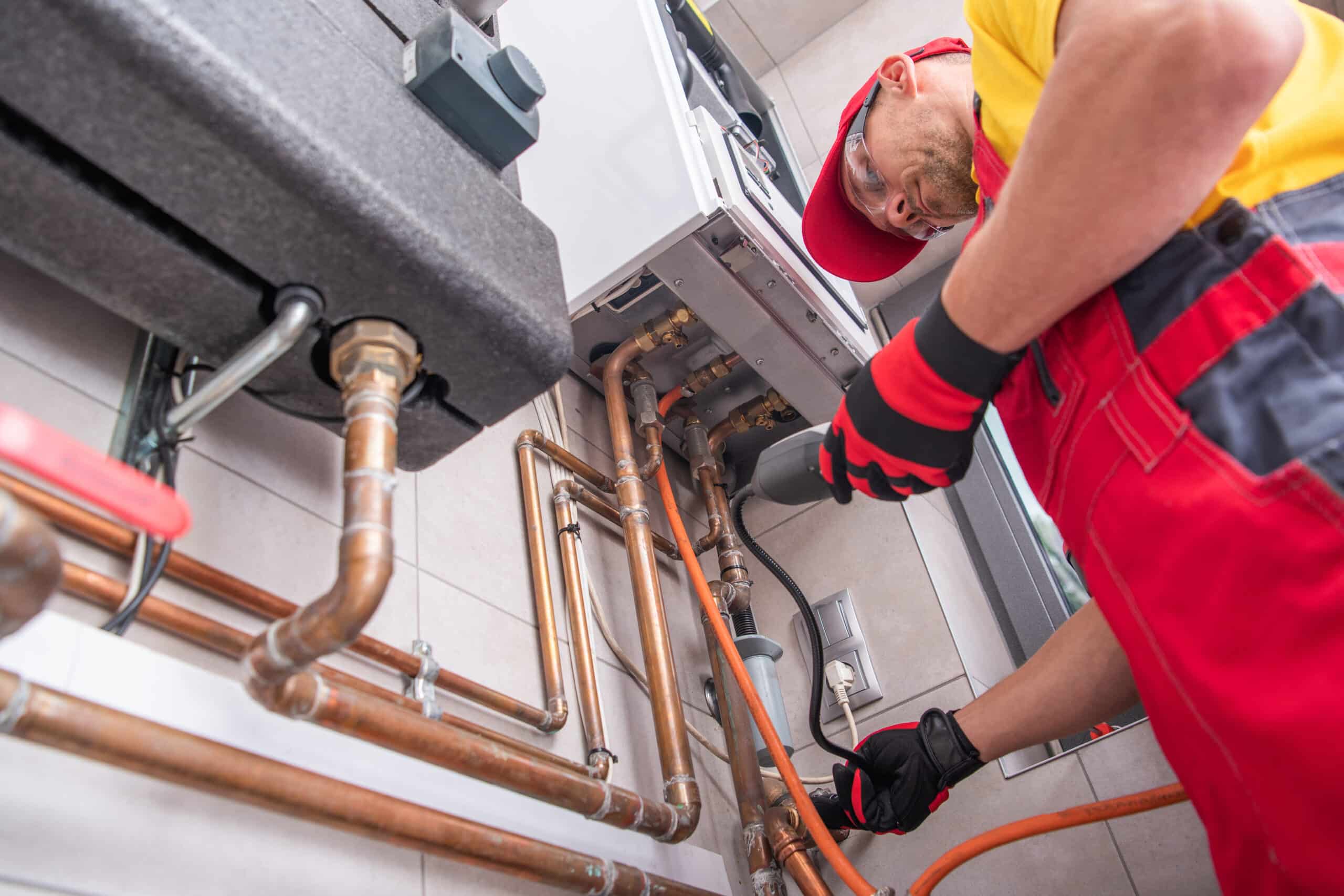
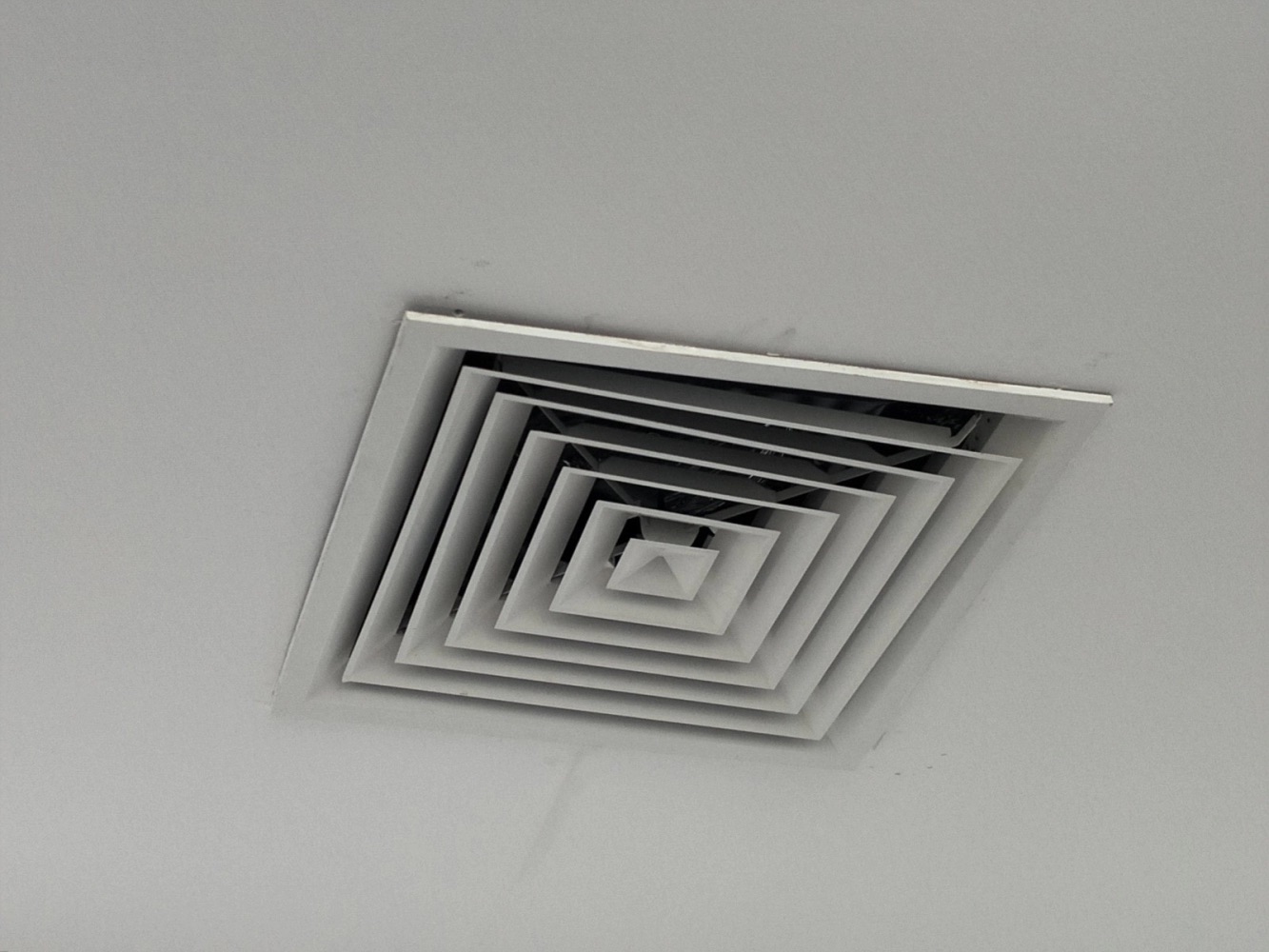
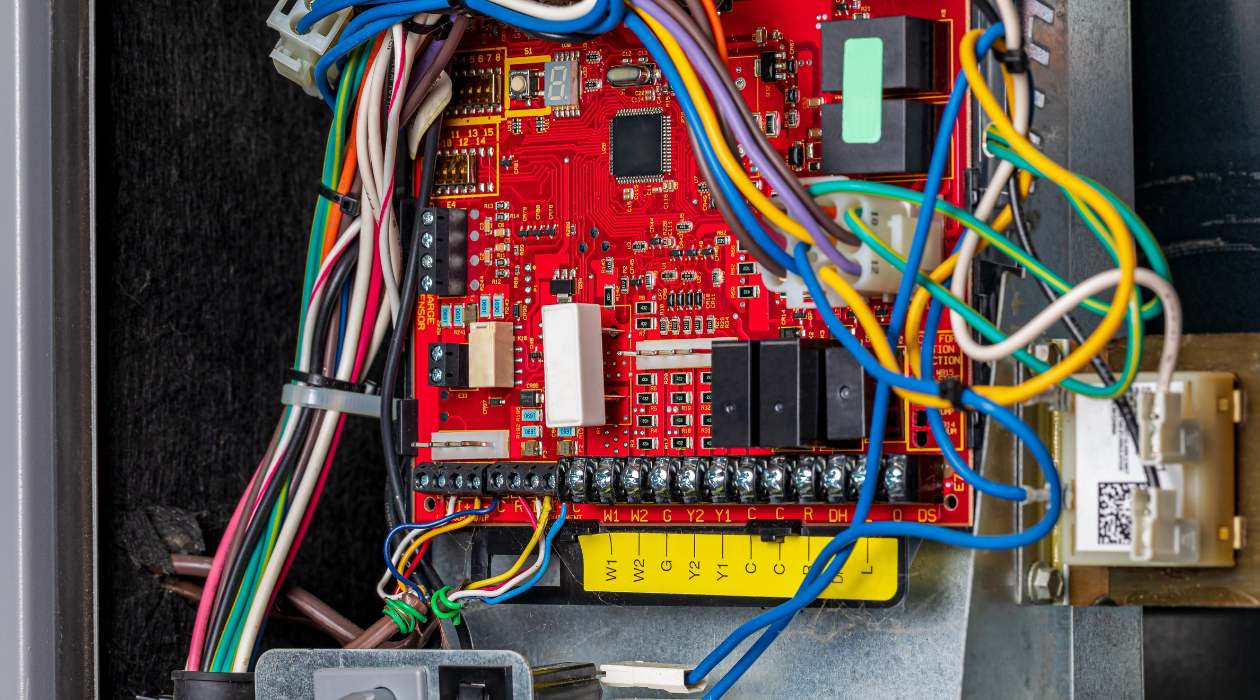

0 thoughts on “What Are VAV In HVAC”